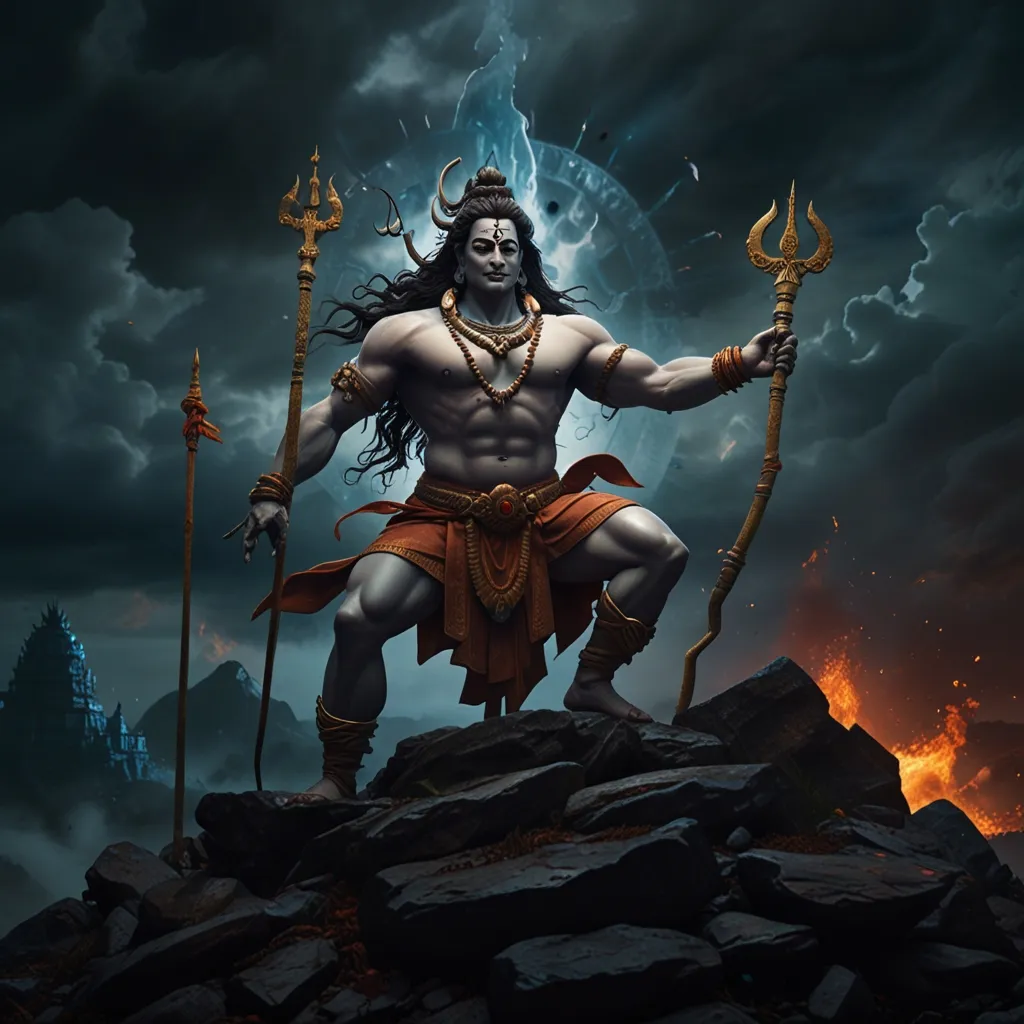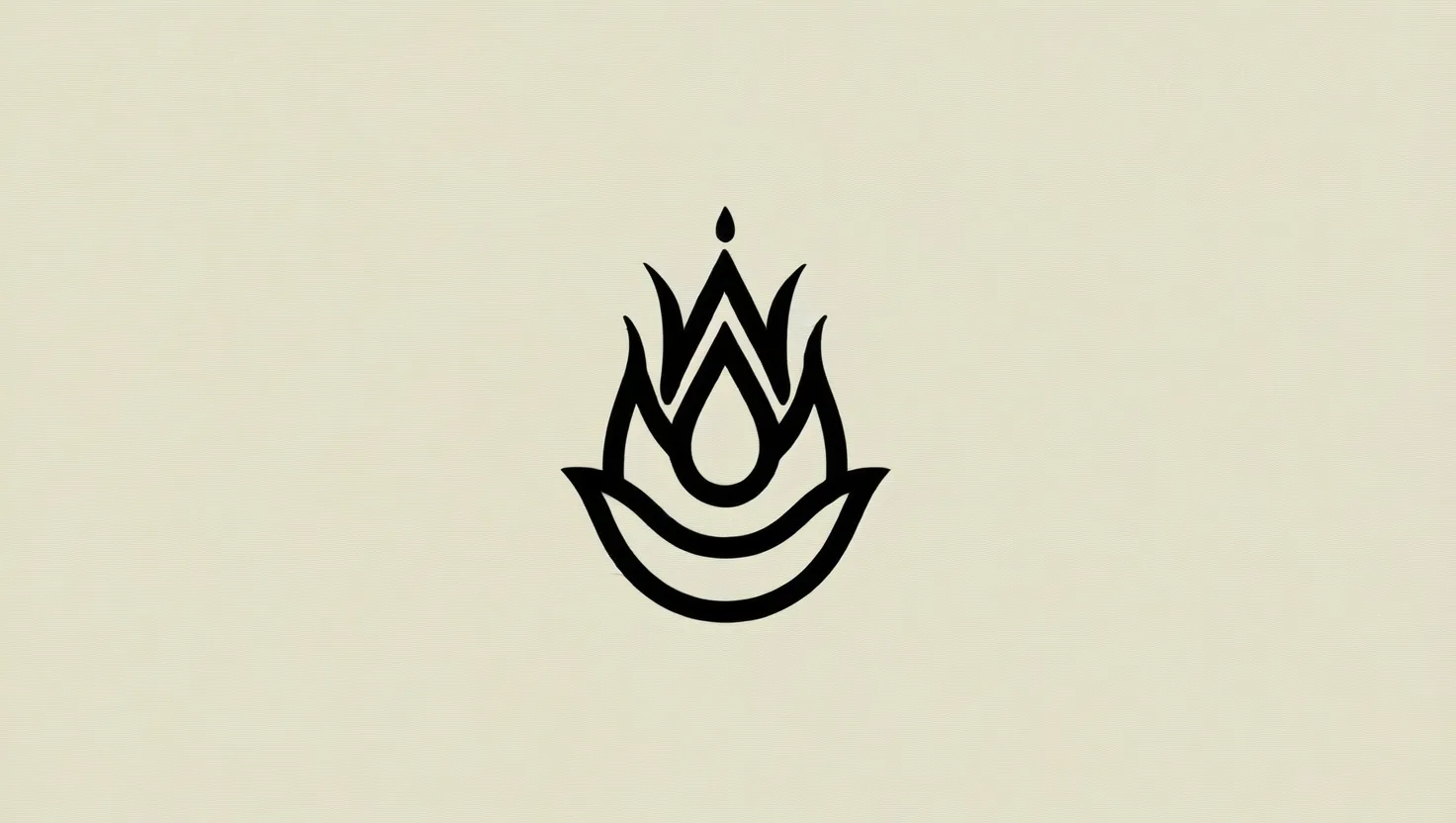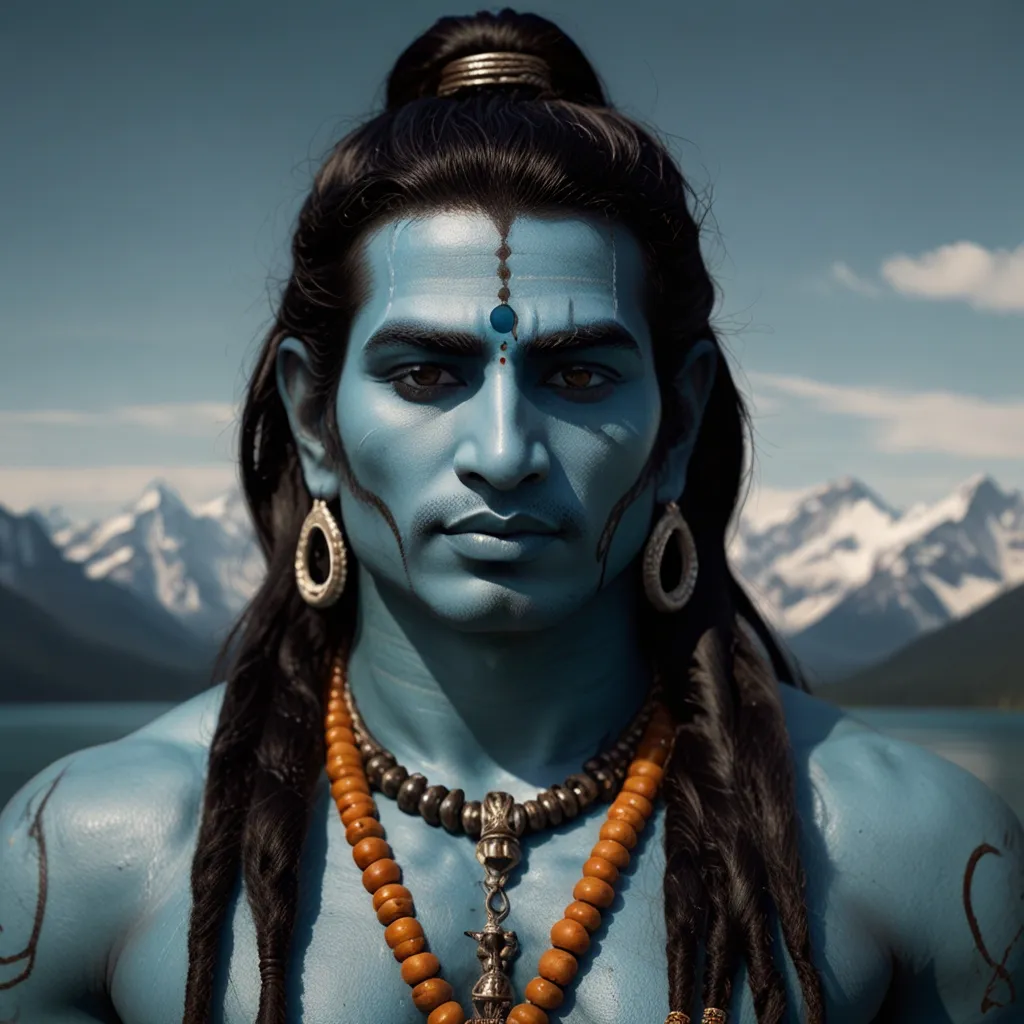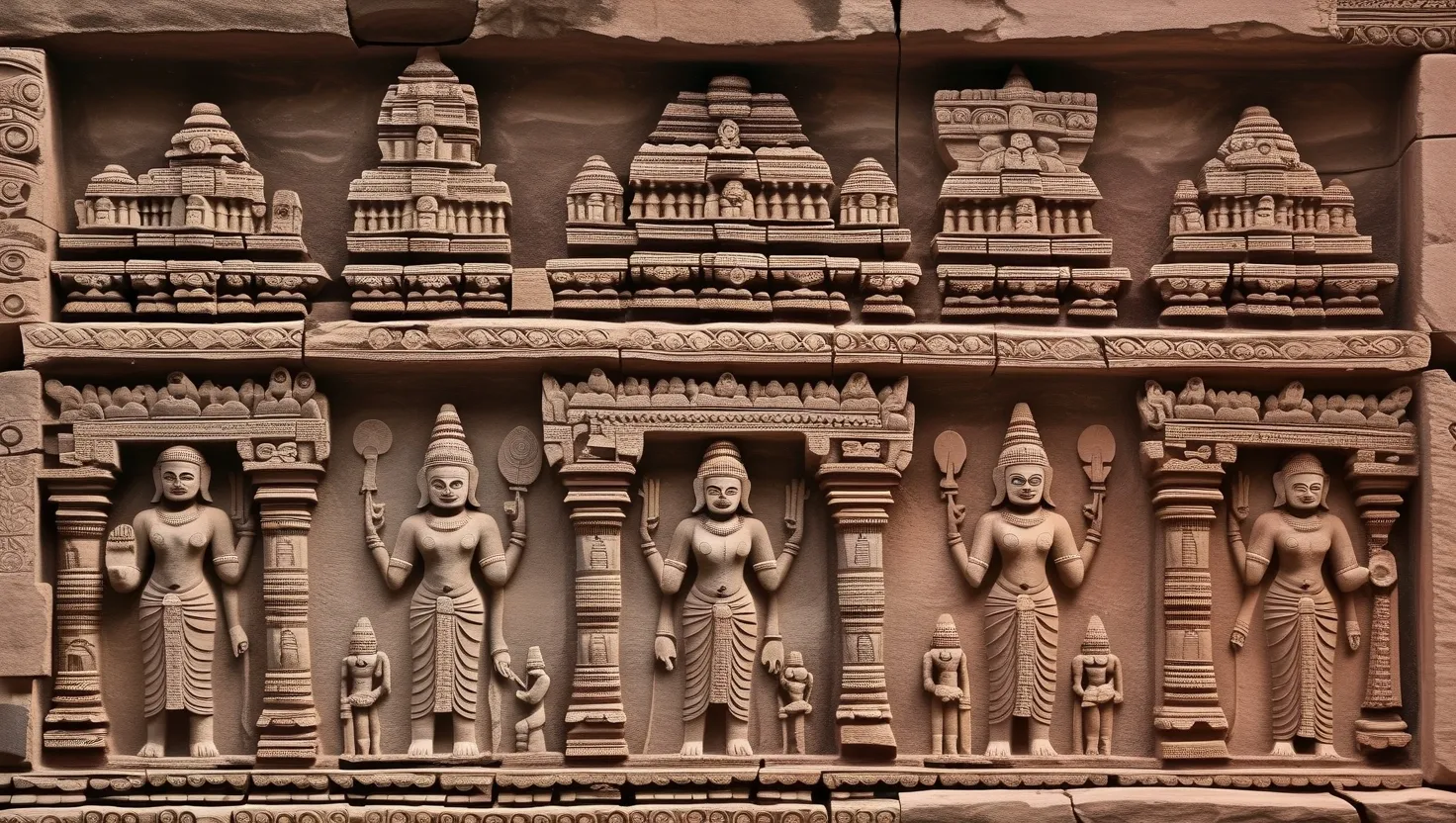In the vast and intricate landscape of Hindu philosophy, the concept of Tanmatra stands out as a fascinating and complex idea that bridges the gap between the subtle and the gross, between consciousness and the physical world. According to Samkhya philosophy, Tanmatras are the subtle elements or essences that form the foundation of our sensory experiences and the building blocks of the universe.
To understand Tanmatras, we must first delve into the dualistic framework of Samkhya philosophy, which posits that reality is composed of two independent principles: Purusha (consciousness) and Prakriti (matter). The evolution of the universe, as described in Samkhya, begins with the manifestation of Prakriti, which undergoes a series of transformations to create the complex world we experience.
At the heart of this evolutionary process is Ahamkara, the principle of self-assertion or ego. From Ahamkara, two parallel lines of evolution emerge: one leading to the development of the eleven sense faculties and the mind, and the other resulting in the formation of the five Tanmatras[1].
These Tanmatras are the primal essences of sound, touch, form, taste, and smell. They are not the sensory experiences themselves but the potential conditions or root energies from which these experiences arise. For instance, the Tanmatra of sound (sabda) is the essence that eventually manifests as the element of space or ether (akasha), the medium in which all other elements exist. Similarly, the Tanmatra of touch (sparsha) combines with sound to generate the element of air (vayu), which is the principle of movement within space[1][3].
As we move further along the evolutionary chain, the Tanmatra of form (rupa) adds to the combination of sound and touch, resulting in the element of fire (teja). Fire is the source of all heat and light in the universe, from the cosmic fire to the fire that burns within our bodies. The next Tanmatra, that of taste (rasa), arises from the combination of sound, touch, and form, giving rise to the element of water (jala). Finally, the Tanmatra of smell (gandha) emerges, leading to the formation of the earth element (prithvi)[1][3].
Each of these Tanmatras is subtle and beyond the reach of our ordinary senses. They are the intermediaries between pure consciousness and the manifest world, representing the gradual condensation of subtle vibrations into tangible forms. For example, the earth element, which is the most gross of the five elements, possesses all five qualities: sound, touch, form, taste, and smell. This hierarchical structure underscores the idea that the more subtle elements combine, the grosser and more complex the resulting element becomes[4].
The role of Tanmatras in our sensory perceptions is profound. They provide the potential for all existence, including the mind, senses, and organs of action. The sense organs present information about their respective objects, made up of the five gross elements, to the mind. This information is then rationalized by Buddhi (intellect) via Ahamkara. Thus, the qualities and characteristics of the Mahabhutas (the five gross elements) impact the quality of our thoughts and perceptions[2].
In practical terms, understanding Tanmatras can offer insights into the nature of perception and the relationship between mind and matter. For instance, disorders in our ability to perceive the world around us can be traced back to imbalances in the corresponding elements. The air element, closely tied to the sense of touch, is crucial for our ability to feel and grasp objects. Similarly, the fire element, associated with vision, is essential for our ability to see and perceive light and color[3].
The concept of Tanmatras also has significant implications for spiritual practices, particularly in the context of yoga. According to Samkhya philosophy, the ultimate goal is to achieve liberation (Moksha or Kaivalya) by freeing Purusha from its bondage to Prakriti. This involves recognizing the ever-changing nature of the material world and striving to experience the non-changing conscious principle. By concentrating the mind through yoga practices, one can stabilize the sattvik (calm and positive) experience of the objects, distinguishing between the transient material world and the eternal consciousness[2].
In essence, Tanmatras represent a cosmic alchemy where subtle energies transform into the tangible world we experience. This transformation is not just a physical process but also a philosophical and spiritual one, bridging the gap between consciousness and matter. By exploring the concept of Tanmatras, we gain a deeper understanding of the intricate web of existence and the subtle anatomy of our perceptions.
This journey into the world of Tanmatras is not merely an intellectual exercise but a path to refining our awareness and spiritual practices. Whether you are a yoga enthusiast, a student of Indian philosophy, or simply curious about different approaches to understanding reality, the concept of Tanmatras offers a rich and rewarding exploration. It invites us to see the world as a gradual manifestation of subtle vibrations, each step in the evolutionary process revealing a new layer of complexity and beauty.
As we delve deeper into this ancient wisdom, we find that the Tanmatras are more than just theoretical constructs; they are living principles that underpin our everyday experiences. They remind us that our perceptions are not isolated events but part of a larger cosmic dance, where the subtle and the gross are intertwined in a delicate balance.
In this sense, understanding Tanmatras is not just about gaining knowledge; it is about experiencing the world in a new light. It is about recognizing the subtle essences that underlie all existence and appreciating the intricate web of relationships that bind us to the universe. As we explore this fascinating realm, we may find that our own place within the cosmos becomes clearer, and our connection to the world around us deepens in ways we never thought possible.






